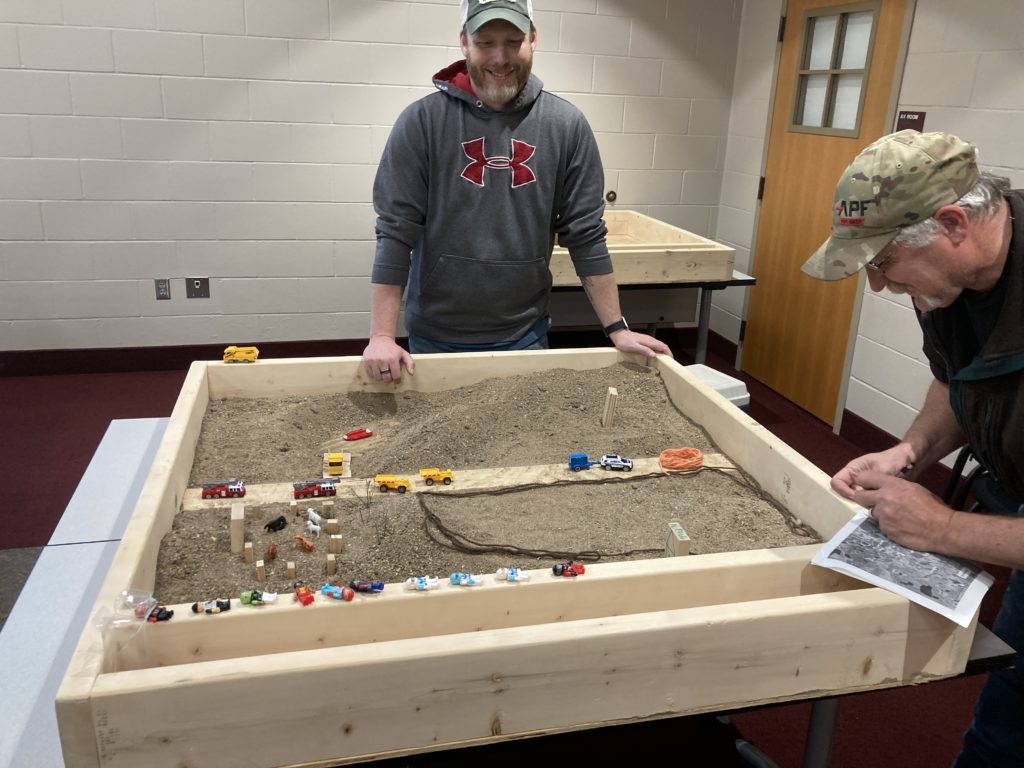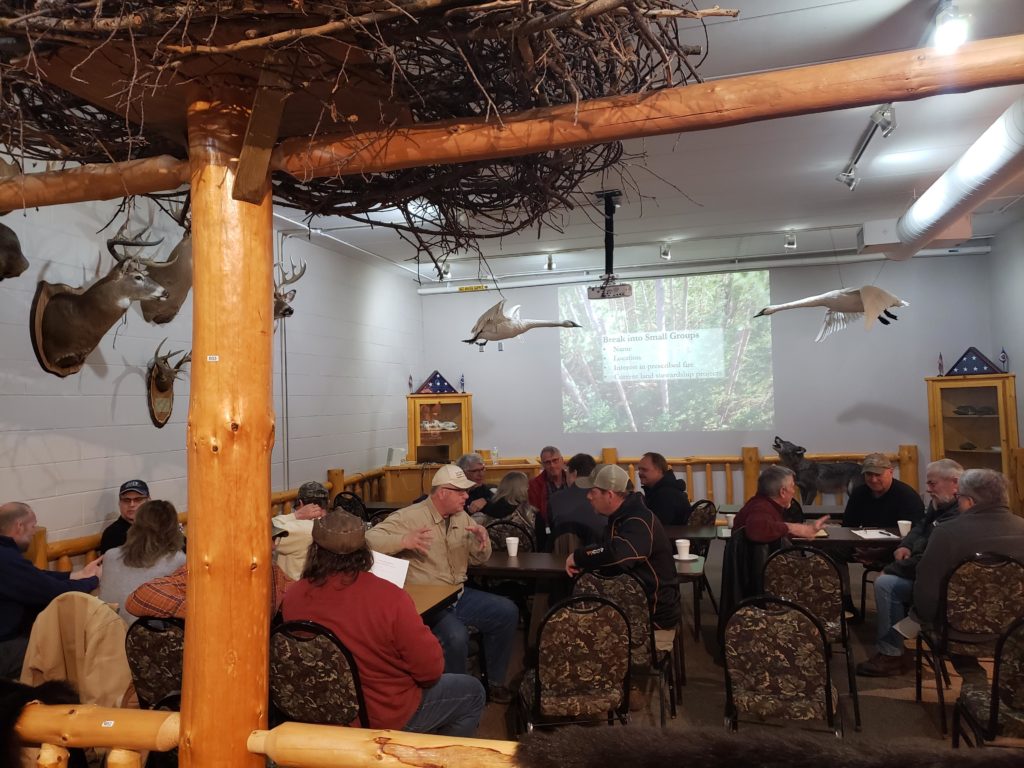A large-scale partnership in our Lake States
 Written by Michael Lynch
Written by Michael Lynch
The Forest Stewards Guild joined the Camp Ripley Sentinel Landscape Practices and Restoration Team a few years ago to support their new and ongoing stewardship actions. This group of partners has pursued innovative, grassroots projects that protect agricultural, forestry, and recreational land around the Camp Ripley installation which serves as the main National Guard Training Center for units from Minnesota, North Dakota, South Dakota, Wisconsin, Iowa, Ohio, and Illinois. The Sentinel Landscape covers over 805,000 acres along the Mississippi River and encourages land stewardship and conservation practices that improve water quality, preserve critical habitat corridors, bolster local agricultural economies, and enable Camp Ripley to conduct year-round training activities with limited restrictions.
A needs assessment identified prescribed fire as a stewardship tool that had the potential to greatly increase the health and resilience of the landscape and decrease the risk of fires on or around the military installation. An agreement was developed between the Minnesota Office of the Natural Resources Conservation Service, the Minnesota 
National Guard, Morrison County Soil and Water Conservation District, and the Forest Stewards Guild to, among other things, enhance knowledge about, and use of, prescribed fire locally within the Sentinel Landscape and more broadly across the state. The Forest Stewards Guild is taking the lead on three of the deliverables:
1) Working with retired US Forest Service Burn Boss Timo Rova to develop burn plans for twelve landowners within the Camp Ripley Sentinel Landscape.
2) Coordinating a pair of Learn and Burn events for landowners withing the Sentinel Landscape.
3) Developing and delivering a pair of Job Approval Authority (JAA) trainings for Natural Resources Conservation Service and Soil and Water District employees from throughout the state.
We had the first Learn and Burn on April 22nd (Earth Day) and the first JAA training over the three-day period from May 24th to 26th. The first six burn plans are in development, and we are working with local partners to identify landowners for the remaining burn plans.
 The April 22nd Learn and Burn went well with a great group of landowners and subject matter experts. Conditions looked good for a burn when we were scouting sites ahead of the event, but it unfortunately rained on the scheduled date. We still had a productive meeting despite not having a fire demonstration for the landowners. After a morning classroom session, we drove the group out to look at burn units in the light rain. The landowners seemed engaged in the topic and asked some great questions.
The April 22nd Learn and Burn went well with a great group of landowners and subject matter experts. Conditions looked good for a burn when we were scouting sites ahead of the event, but it unfortunately rained on the scheduled date. We still had a productive meeting despite not having a fire demonstration for the landowners. After a morning classroom session, we drove the group out to look at burn units in the light rain. The landowners seemed engaged in the topic and asked some great questions.
The May 24-26 JAA training was very popular. We limited the class size to 35 students and that quickly filled with a long waiting list. Amanda Mahaffey and Timo Rova joined Michael Lynch to lead the content delivery along with support from Camp Ripley staff Josh Pennington, Jake Kitzmann, Lew Noska, and Tim Notch and guest presenters Lane Johnson (University of Minnesota Cloquet Forestry Center) and Jack McGowan-Stinski (Lake States Fire Science Consortium). This three-day training was held in the classroom and field, and included an introduction to prescribed fire, fire ecology, structure and development of burn plans, sand table simulations, strategy exercises, handling of common tools, and a half day field tour of seven burn units on Camp Ripley including one that had been burned just two days prior.
Stay tuned for more updates from this exciting Lake States project or reach out to Michael Lynch at (mike@forestguild.org) with questions or new project ideas.
